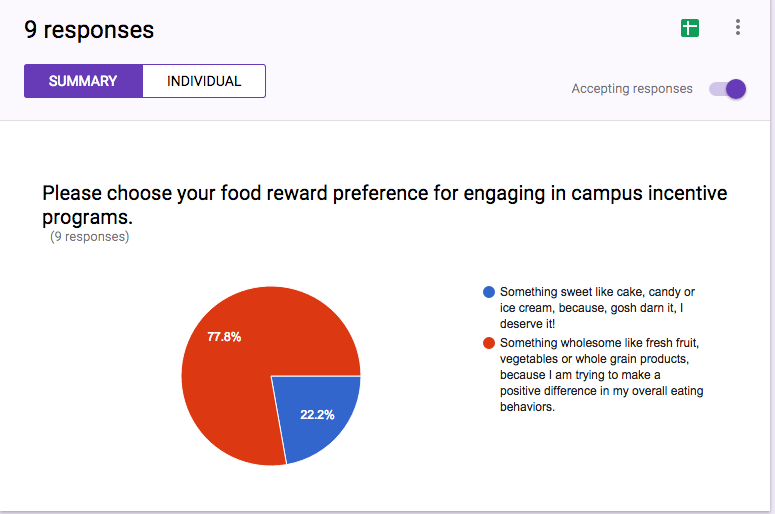A six week “how-to” series
Week 1, Step 1: How to Impact Enrollment. But first, a story.
 My biggest failure happened when I was a wet-behind-the-ears youth leader. I was actively looking to raise money for youth activities and I had responded to an ad pitching a T-shirt fundraiser. The company featured exciting, fun, faith-based designs on sleeveless T-shirts, and, for a limited time, was selling the shirts at a steep discount. The deal involved paying in advance with no returns and no refunds, but these things did not matter because these sleeveless shirts would sell themselves. I used my tax refund money to purchase the shirts. The shirts arrived and we began selling. But, instead of buying the shirts, our friends and families asked: Don’t you have any T-shirts with short sleeves? It turns out that people are so adverse to wearing sleeveless T’s that the fundraiser tanked horribly. It was a hard pill to swallow, but it changed my life.
My biggest failure happened when I was a wet-behind-the-ears youth leader. I was actively looking to raise money for youth activities and I had responded to an ad pitching a T-shirt fundraiser. The company featured exciting, fun, faith-based designs on sleeveless T-shirts, and, for a limited time, was selling the shirts at a steep discount. The deal involved paying in advance with no returns and no refunds, but these things did not matter because these sleeveless shirts would sell themselves. I used my tax refund money to purchase the shirts. The shirts arrived and we began selling. But, instead of buying the shirts, our friends and families asked: Don’t you have any T-shirts with short sleeves? It turns out that people are so adverse to wearing sleeveless T’s that the fundraiser tanked horribly. It was a hard pill to swallow, but it changed my life.
I learned to never make decisions “based on a hunch.” I came to love data informed decision-making, and I am not alone. In this data driven age, even the youngest consumers are making informed decisions by comparing products, pricing, and reputation, including incoming college students and their families.
You’ve probably guessed by now, the “one thing” you can do is based on what works, study proven methods, and not gut instinct. So, what is the “one thing” you can do to influence the student decision-making process, raise enrollment, and raise GCC’s reputation in an increasingly crowded marketplace?
Before I spill the beans, you should know that conversely, by not doing this “one thing,” you risk falling off your potential students’ radar completely, and losing them to a competitor. There is a lot at stake and much to be gained.
The first step:
Go to www.gccaz.edu, and type your last name into the search box. Take a look at your employee biography webpage. What do you see? If you were a student, is there anything on your page that would make you choose you?
What’s ahead:
WEEK 2: THE “ONE THING” AND ITS POWERFUL SWAY
When it comes to students choosing your classes, leaving choice up to chance is not your only option.
WEEK 3: THE “ONE THING” AND IT’S NOT BRAGGING
Reputation is king. Making your achievements public enables people to make informed choices.
WEEK 4: THE “ONE THING,” AND HOW TO INFLUENCE ASSUMPTIONS
Learn the top trait people assess when viewing strangers’ photos, and how your face, wrinkles and all, makes people choose you.
WEEK 5: The “One Thing” Before and After
If two faculty are each offering the same class, who would YOU choose?
WEEK 6: The “One Thing” and the Final Step



